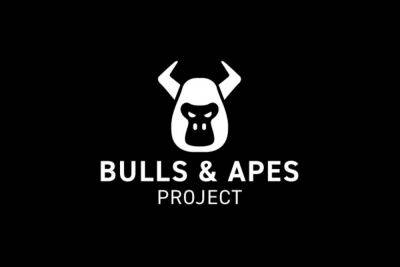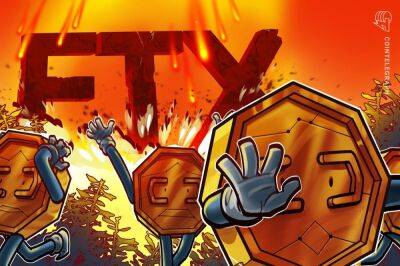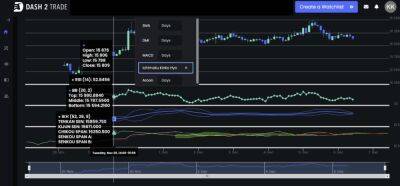What is tokenization and how are banks tapping into its design principles?
Tokenization is the process of converting something with tangible or intangible value into digital tokens. Tangible assets like real estate, stocks or art can be tokenized. In a similar vein, intangible assets like voting rights and loyalty points can be tokenized, too. We see Avios as an example of tokenized loyalty points by the traditional credit card industry.
However, when tokens are created on a blockchain, they add a level of transparency that previous iterations of tokens couldn’t achieve. There are several banks that are experimenting with tokenization. But, before diving into the use cases in banking, it would be useful to understand the qualitative advantages that tokenization brings to financial services.
As major financial institutions enter the crypto space, they pay special attention to issues like custody and Anti-Money Laundering analytics and compliance. Now, with the dramatic collapse of FTX, the key qualitative benefits of tokenization are in the spotlight yet again.
Real estate is one of the most illiquid asset classes. When a property is worth a few million dollars, buying and selling the property can take time. Now, imagine a $1 million home is tokenized, with each token representing property ownership. When these tokens are available for purchase in the market, 100 buyers can each invest $10,000 to buy ownership of the property.
This naturally increases the ease with which illiquid assets can be sold, as fractionalized ownership is possible with tokenized assets. Fintech firms like Yielders already implement fractional ownership of real estate without using blockchain tech. Also, illiquid asset classes like private equity and venture capital can benefit from tokenization.
When an illiquid asset like
Read more on cointelegraph.com














